Description
Groene Leeuw Cycling Team
The Groene Leeuw cycling team subsequently named Wiel’s-Groene Leeuw, Tibetan and Pull Over Centrale, is a professional Belgian cycling team. Created in 1945, it existed until 1969.
During its 25 years of existence, it notably won Paris-Roubaix 1959 thanks to Noël Foré and the Tour of Spain 1960 thanks to Frans De Mulder.
Team History
Between 1940 and 1942, the brand sponsored individual riders, including Briek Schotte. The team was created in 1945 by Groene Leeuw cycles, a Belgian company based in Deinze in East Flanders. During her early years, she was led by Belgians Briek Schotte , Emiel Faignaert , Marcel Kint , Sylvère Maes , Désiré Keteleer and Stan Ockers . The team won its first major classics, including the Flèche Wallonne (1946) and the Tour of Flanders (1947).
During the 1950s, it counted in its ranks Germain Derycke, Armand Desmet, Gilbert Desmet, and Noël Foré. The latter won Paris-Roubaix in 1959. In 1958, the brewery brand Leopold became a co-sponsor. Then, for the next three seasons, the fruit juice companies Sinalco and the SAS brewery joined the team.
The year 1960 saw the team win its first major stage race. During the Tour of Spain, the formation achieved the double in the general classification with the victory of Frans De Mulder in front of his teammate Armand Desmet. Arthur Decabooter also won the Tour of Flanders. The following year, the Brussels brasserie Wiels, which had been sponsoring the Flandria team for two years, became the main sponsor of the structure. She remained so for four seasons until 1965. In 1963, Benoni Beheyt became world champion.
In 1964, the team won the Interbrand World Cup. In 1966, Gancia an Italian aperitif became co-sponsor. In May, Groene Leeuw withdraws from the peloton, and the team is renamed to Tibetan-Pull Over Centrale.
It exists for two additional seasons as Pull Over Central-Tasmania-Novy.
Between 1976 and 1978, Groene Leeuw cycles were the suppliers of the Maes Pils team.
Excerpt from Wikipedia France (Translation by Google)
****************************************
The History of the Cycling Cap
The cycling cap, or the ‘casquette’ in French, is a bit of an icon in the cycling world. The simple cloth cap graced the heads of all the greats, with the history of the cycling cap going back through the last century and beyond.
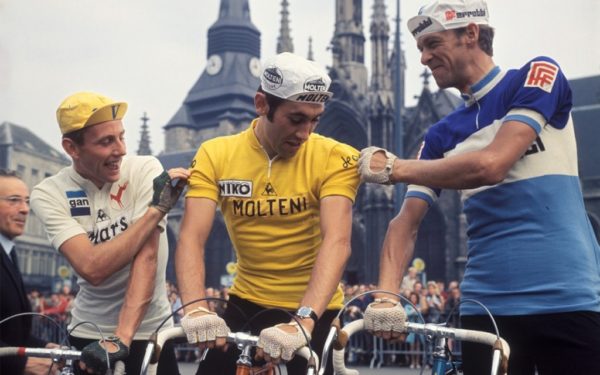
The Early Days
The first documented cycling races started up in the late 1800s, exposing riders to the harsh elements. Some sort of headwear was immediately needed, so the rudimentary flat cap was the obvious choice as opposed to top hats and tails.
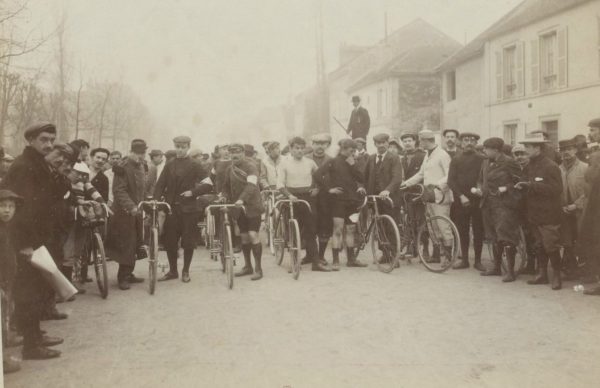
The flat cap was a step in the right direction, but tweed is not an ideal athletic material. This set the groundwork for the cycling cap. Riders wore plain white skull caps, which eventually turned brown and grey with dust and grime over the years. It was purely functional, keeping the sun out of the eyes, absorbing sweat, and keeping the rain and muck out.
The Hayday
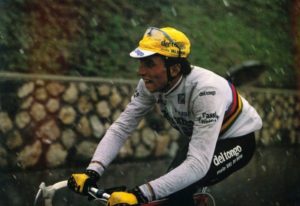
By the 1950s, the cycling cap became the ultimate mark of a professional cyclist. The design was refined through the 60s, coming to resemble what we know it today. Sponsors began branding caps, and it became a way to spread your name in the cycling world.
Not only were they worn on the bike, but on podiums and on the heads of coaches and everyone else inspired by the cycling greats. Those who may not be able to afford a Campagnolo-equipped bike could afford a Campagnolo cap, so it became an entry into the cycling culture.
The Decline
With the introduction of helmets to cycling in the 70s and 80s, the cycling cap became less of a necessity. Although it was no longer the mark of a professional cyclist, it remained a part of the cycling kit. The helmet and the cycling cap were not necessarily mutually exclusive, and many cyclists chose to wear a cap under their helmets in cold and wet weather.
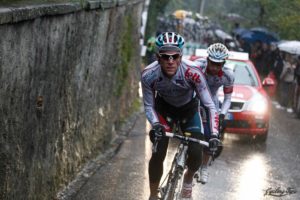
July 25, 2020 by Sarah Lauze – Excerpt from iLove Bicycling
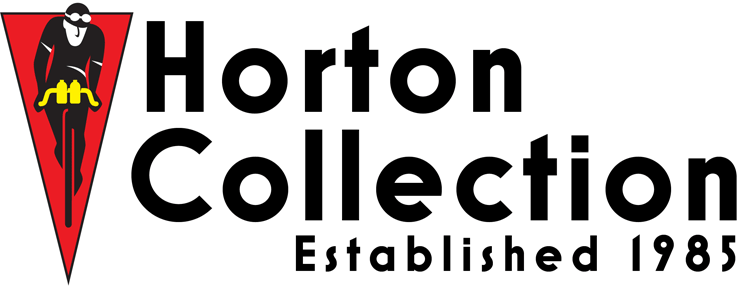

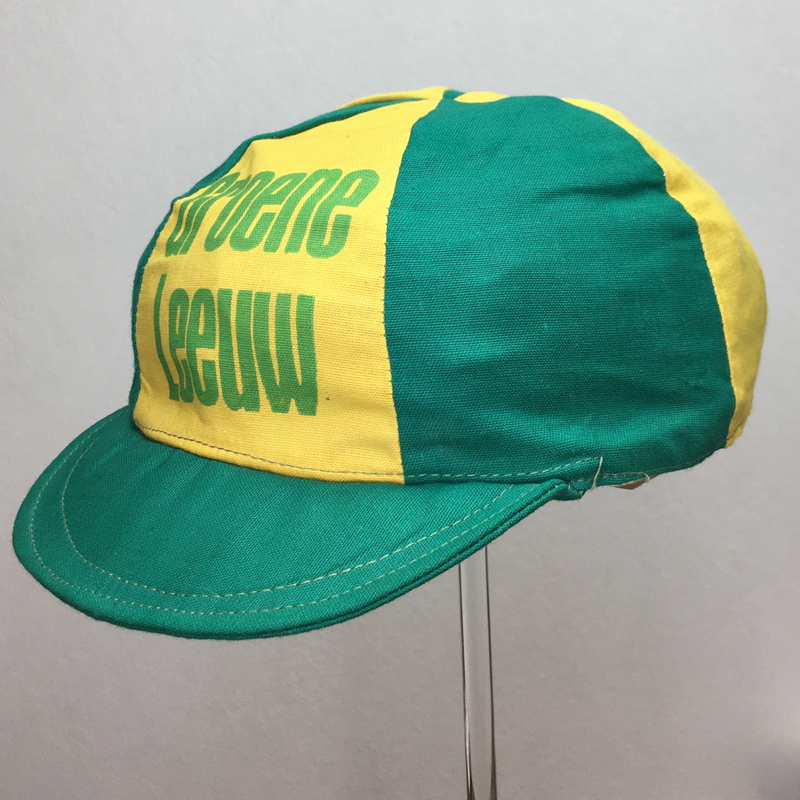
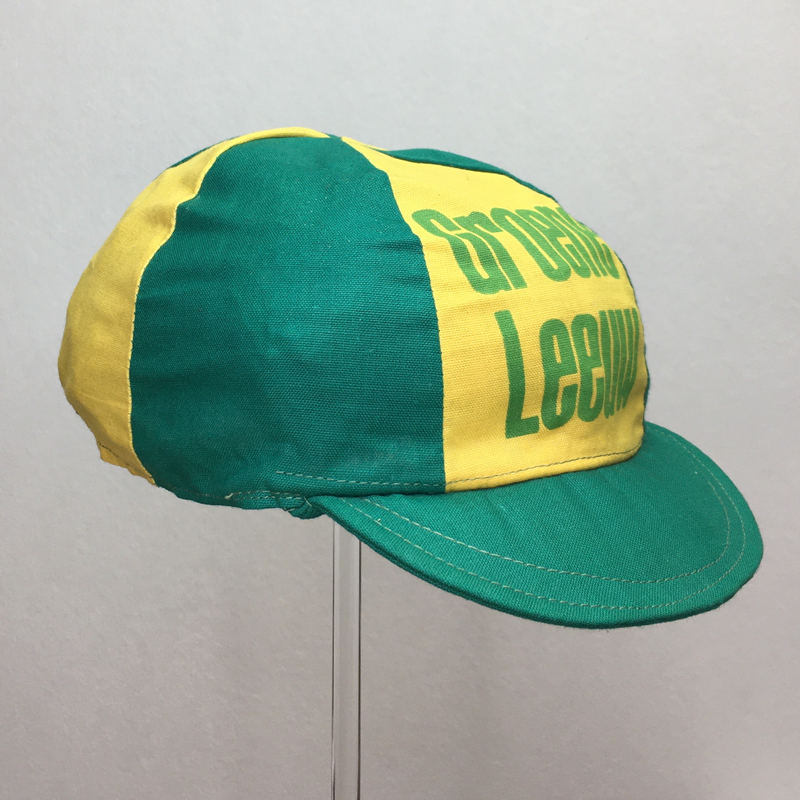
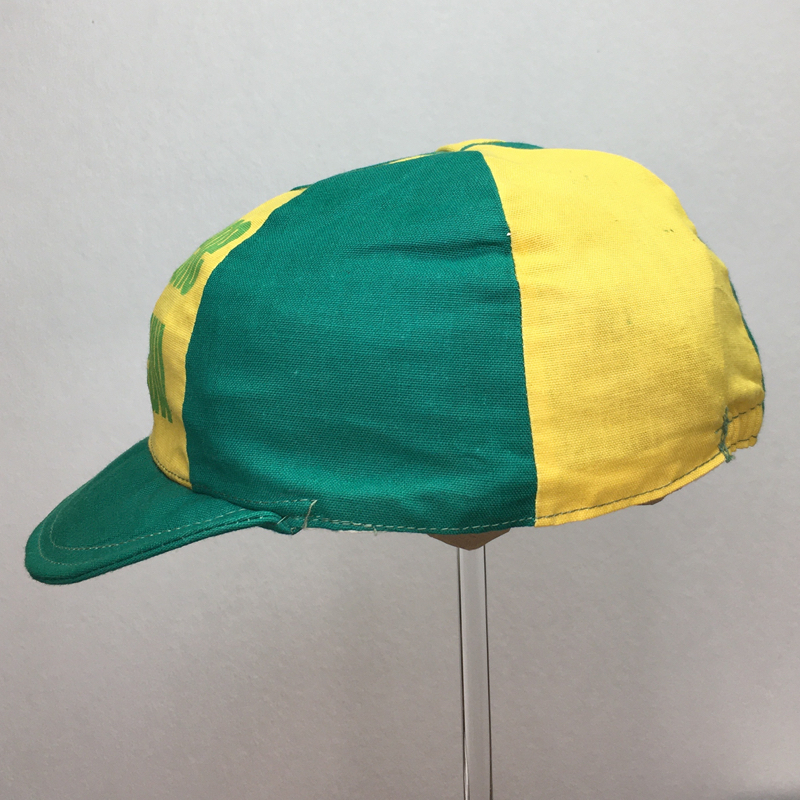
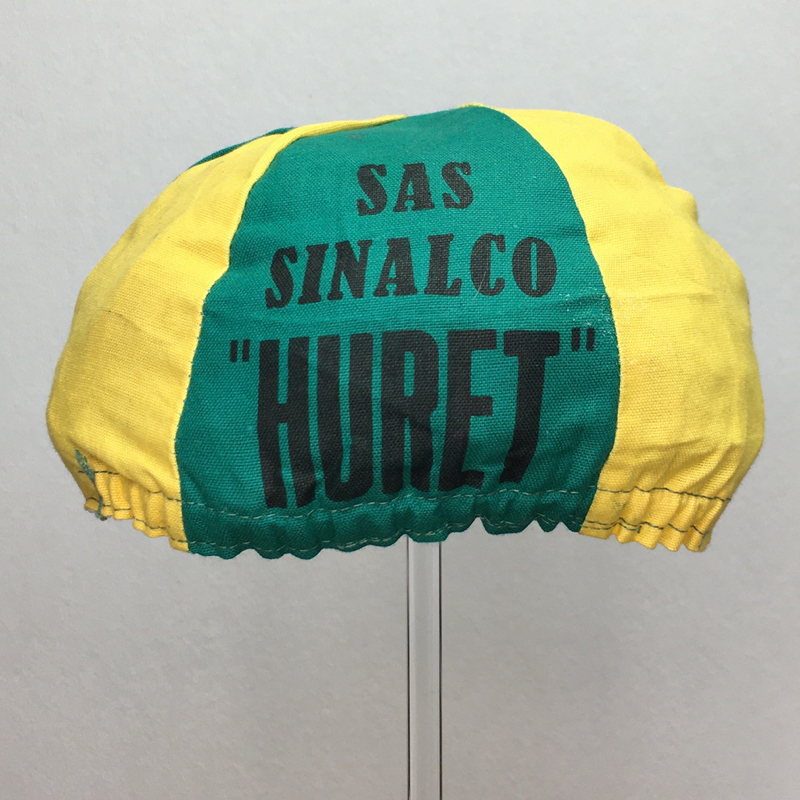
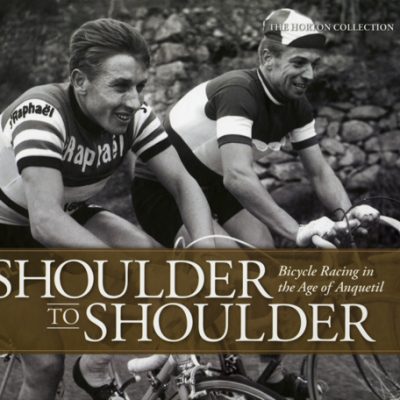
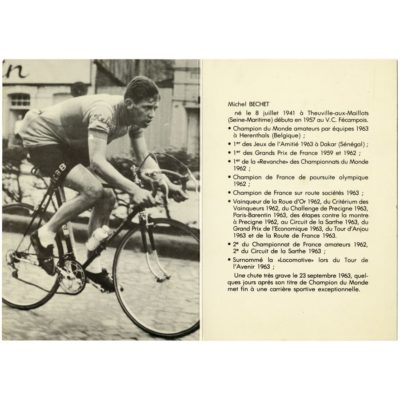
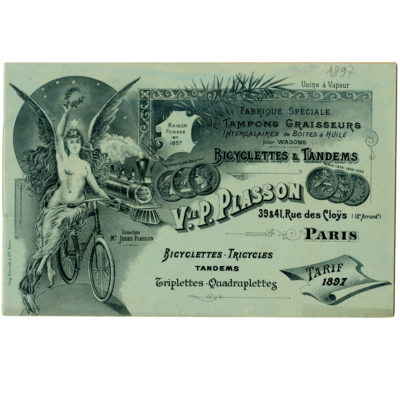
Recent Comments